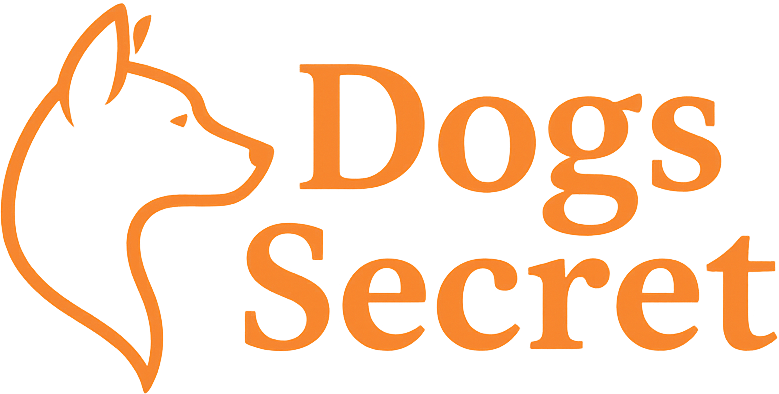Are dog treats healthy for your pet, or are they doing more harm than good? Dog treats are more than just a tasty reward—they’re a powerful tool for training, bonding, and even dental care. But not all treats are created equal. Some are packed with hidden calories, sugar, and fillers that can quietly contribute to weight gain, poor digestion, and long-term health issues.
In this guide, we’ll break down the truth about dog treats: when they’re helpful, when they’re harmful, and how to choose the healthiest options without sabotaging your dog’s diet.
Why Dog Treats Matter
Treats are useful for:
- Training and positive reinforcement
- Showing affection
- Managing anxiety (chews, calming treats)
- Dental health (special dental chews)
- Enrichment (puzzle toys, lick mats)
But even healthy dogs can experience problems if treats are overused or poorly chosen.
Hidden Calories: The Danger of Over-Treating
Just one large biscuit or dental stick can have the same calories as a cheeseburger for a human. These extra calories add up quickly, especially in small breeds.
Caloric guidelines for treats:
- Treats should make up no more than 10% of your dog’s daily calorie intake
- The other 90% should come from balanced meals
Example:
If your dog needs 500 calories/day → only 50 should come from treats.
Signs You’re Over-Treating Your Dog
- Weight gain or difficulty maintaining a healthy weight
- Decreased interest in regular meals
- Frequent begging or food obsession
- Soft stools or digestive issues
- Lethargy or reduced stamina
Treats should support your dog’s health—not replace balanced nutrition.
What to Look for in a Healthy Dog Treat
✅ Short Ingredient List
Look for real, whole ingredients—like chicken, salmon, pumpkin, or blueberries. Avoid treats with long lists of artificial additives or by-products.
✅ Low Calorie Count
Aim for treats with less than 5–10 calories each for training, especially with frequent repetition.
✅ Grain-Free (if needed)
Some dogs with sensitivities may benefit from grain-free options, but consult your vet before making this switch.
✅ Functional Benefits
Some treats support specific needs:
- Dental chews to reduce plaque
- Hip and joint chews with glucosamine
- Calming treats with chamomile or L-theanine
- Skin and coat formulas with Omega-3s
Best Types of Healthy Dog Treats
- Single-ingredient treats (e.g., freeze-dried liver, dehydrated sweet potato)
- Low-fat protein treats (e.g., turkey breast, salmon)
- Homemade treats with no added sugar or salt
- Vegetable treats (baby carrots, green beans, apple slices – no seeds)
- Lickable treats in moderation (e.g., peanut butter with no xylitol)
Tip: Always read the label—even “natural” brands can hide sugar, salt, or high calories.
Treats to Avoid
- Treats with added sugars, artificial dyes, or preservatives
- Rawhide chews (choking risk and poor digestibility)
- Jerky treats made overseas with no transparency
- High-fat table scraps (bacon, cheese, fried meat)
- Bakery-style biscuits high in starch and fillers
Smart Treating Tips
- Break larger treats into tiny training-sized pieces
- Use kibble or healthy food bits as rewards during meals
- Rotate treats to avoid boredom and reduce overfeeding
- Use a treat pouch to control portions during walks
- Try interactive feeders or toys to make treats last longer
Can You Train Without Treats?
Yes—but food is one of the strongest motivators. As training advances, you can replace treats with:
- Praise
- Play
- Toys
- Life rewards (e.g., leash walk, door open)
Still, treats remain essential for early training, new skills, or reinforcing good behavior.
Conclusion
Final Thoughts on Dog Treats Healthy
Dog treats aren’t the enemy—but they should be chosen and used wisely. The healthiest snacks support your dog’s well-being without excess calories, while poor-quality or overused treats can quietly undermine even the best diets.
Want a free printable treat calorie tracker or list of vet-approved treat brands? Visit our Healthy Dog Treat Guide for resources and recommendations.

